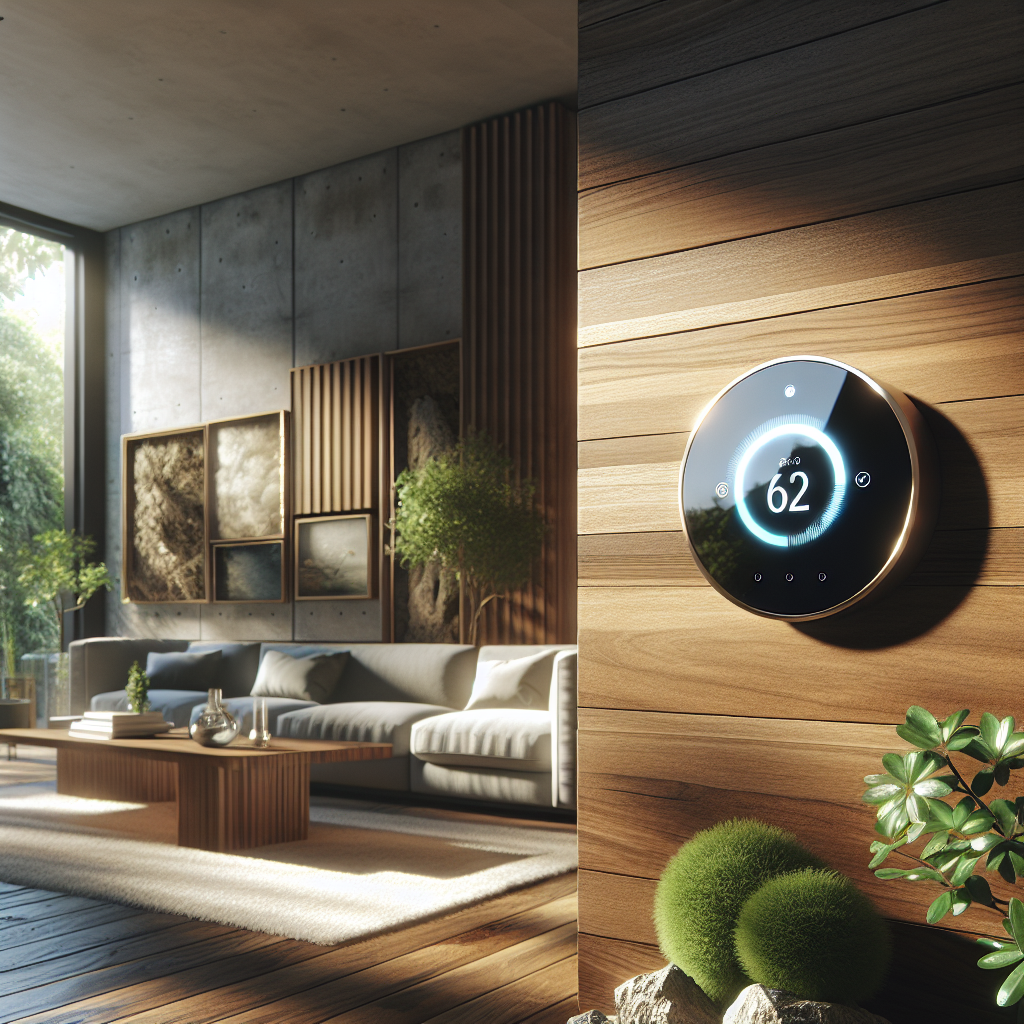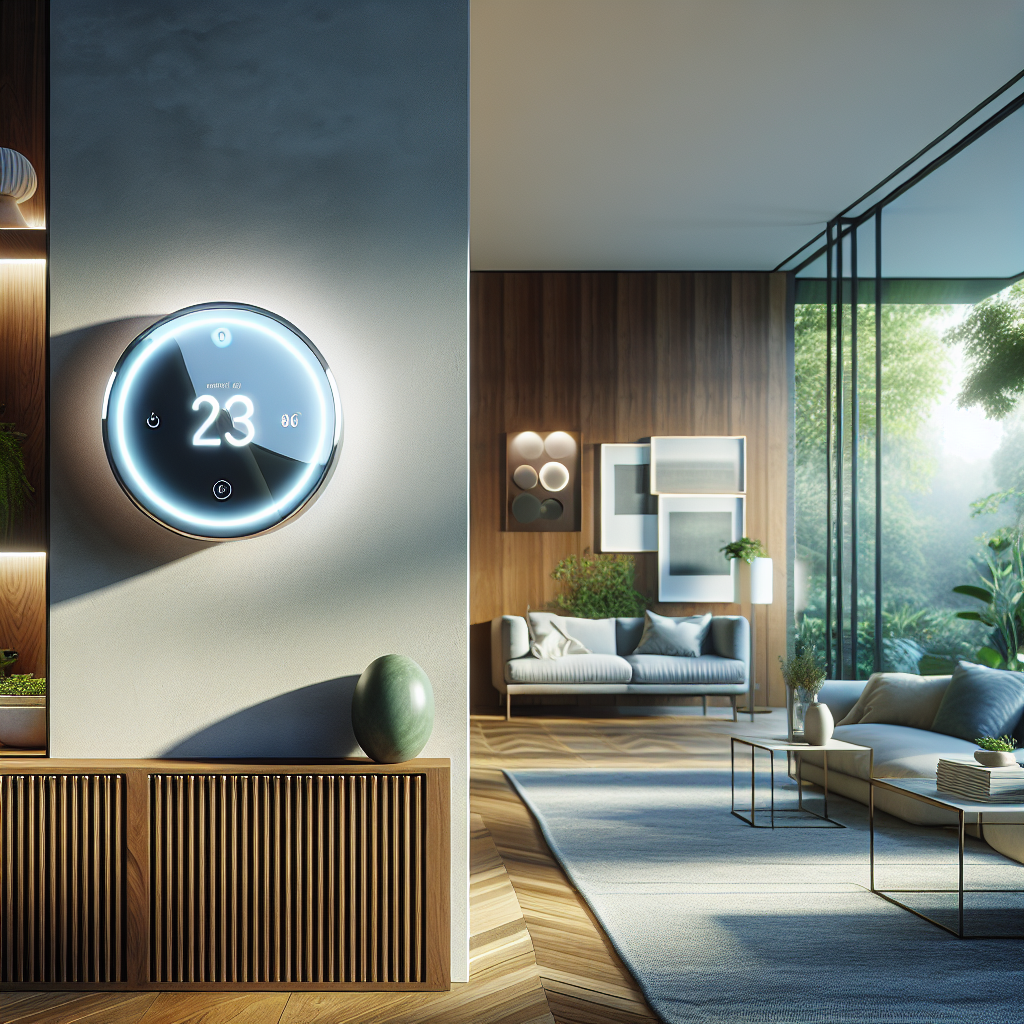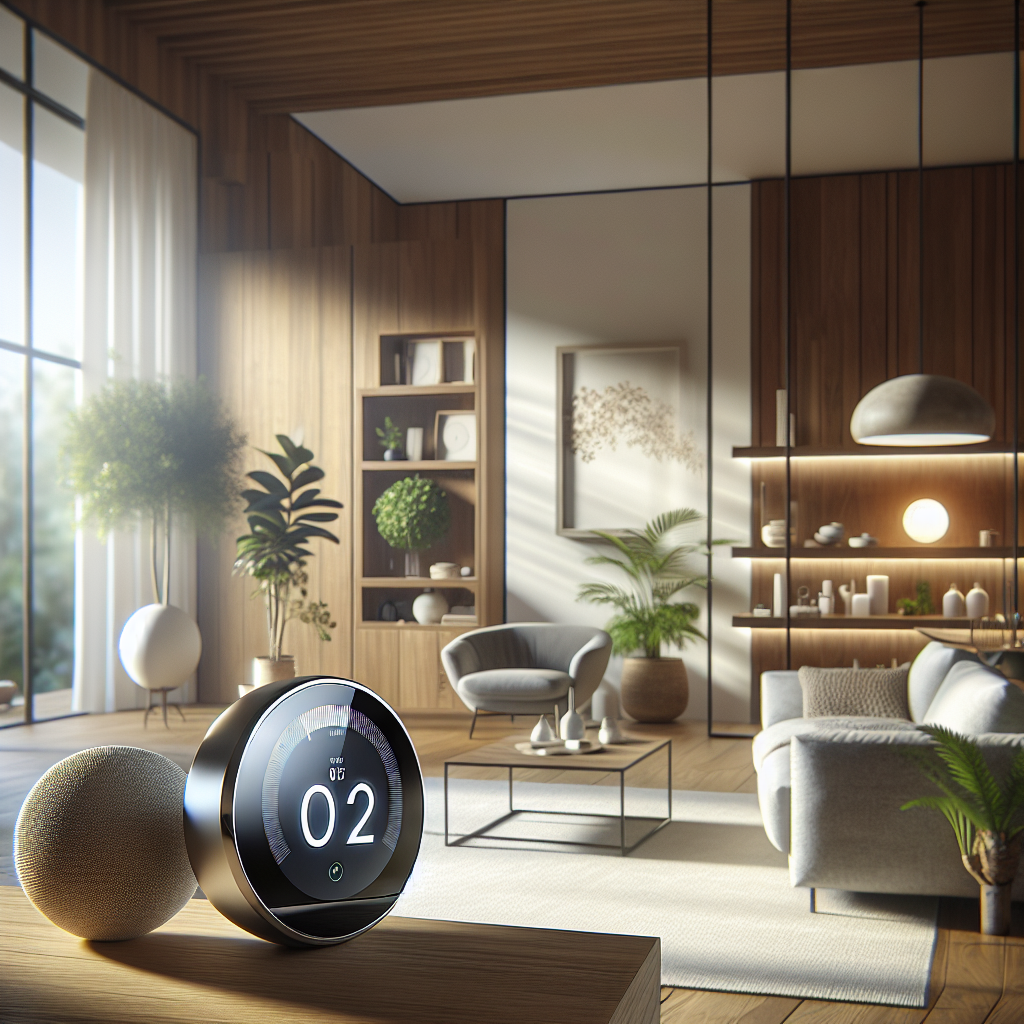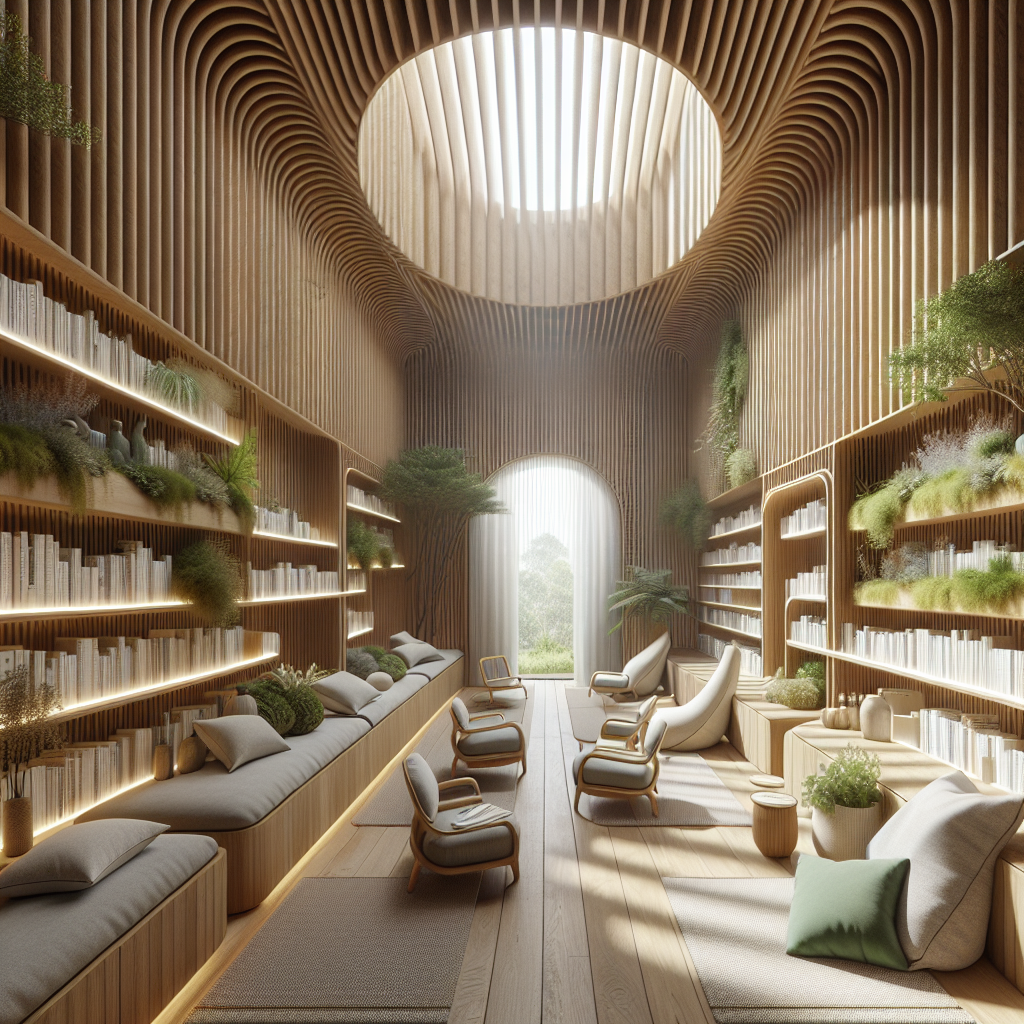Smart Thermostats: Reducing Bills While Increasing Comfort
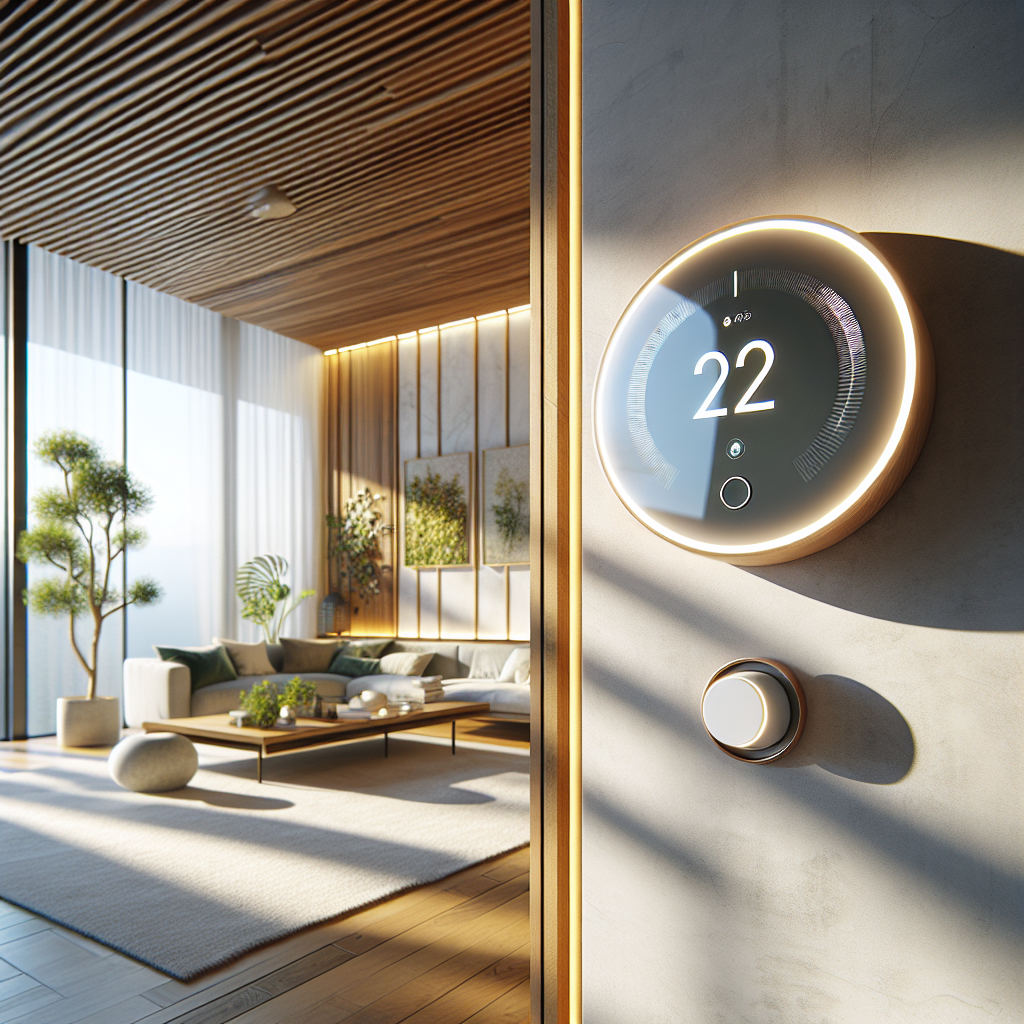
Smart Thermostats: Reducing Bills While Increasing Comfort
In the contemporary landscape of architecture and interior design, technology is no longer an afterthought—it is an integral layer woven into the very fabric of our built environments. Among the many innovations shaping residential and commercial spaces, smart thermostats stand out as both pragmatic and transformative. They are not only reshaping how we experience comfort but also redefining the economics of energy consumption. For architects, designers, and forward-thinking homeowners, these devices are becoming essential tools in the pursuit of sustainable, human-centric living.
The Rise of Intelligent Climate Control
Heating and cooling account for nearly half of a building’s energy use, according to the U.S. Energy Information Administration. This makes climate control a critical area for innovation. Smart thermostats, unlike their programmable predecessors, are adaptive systems. They learn from user behavior, respond to environmental changes, and integrate seamlessly with broader smart home ecosystems. Their promise lies in balancing two historically opposing goals: lowering energy bills while simultaneously enhancing comfort.
Design professionals are increasingly specifying these devices not just for their technical capabilities but also for their design sensibility. Minimalist touchscreens, sculptural wall-mounted forms, and intuitive interfaces allow smart thermostats to blend into interiors with the same elegance as a bespoke lighting fixture or a carefully chosen piece of furniture.
How Smart Thermostats Work
At their core, smart thermostats rely on a triad of technologies: machine learning algorithms, sensor integration, and connectivity. By analyzing occupancy patterns, external weather data, and even the thermal properties of a building, these devices fine-tune heating and cooling schedules. For example, a smart thermostat can detect when a home is empty and reduce energy use, then pre-warm or pre-cool the space before occupants return. The result is a dynamic system that minimizes waste without sacrificing comfort.
Some models even integrate with renewable energy systems, such as solar panels, aligning heating and cooling with peak energy production. This synergy between technology and sustainability echoes broader architectural trends, such as net-zero energy buildings, where efficiency and environmental responsibility are paramount.
Design Meets Technology
For architects and interior designers, the placement and aesthetic of a thermostat have long been a compromise between function and form. Smart thermostats are changing that equation. With their sleek, circular profiles, customizable digital displays, and sometimes even interchangeable faceplates, they can be treated as intentional design elements rather than visual intrusions.
Imagine a mid-century modern living room where the thermostat is no longer a beige plastic box interrupting the walnut paneling, but a refined glass-and-metal disc that mirrors the geometry of the furniture. Or a minimalist loft where the thermostat disappears into the wall, controlled entirely through voice commands or smartphone apps. This blending of technology and aesthetics is increasingly aligned with the philosophy of biophilic design, where every element contributes to a holistic sense of well-being.
Economic and Environmental Impact
The financial case for smart thermostats is compelling. According to independent studies, households can save between 10–15% annually on heating and cooling costs by adopting these devices. While the upfront investment may be higher than traditional thermostats, the payback period is often less than two years. For large-scale residential developments or commercial projects, these savings multiply exponentially, offering developers a clear return on investment.
From an environmental perspective, the benefits are equally significant. Reduced energy consumption translates directly into lower carbon emissions. In an era where cities are striving to meet ambitious climate goals, smart thermostats represent a small but impactful intervention. They embody the principle of designing for net-zero—incremental changes that collectively shift the trajectory of urban sustainability.
Case Studies: Smart Thermostats in Practice
Consider a boutique hotel in Copenhagen that integrated smart thermostats into its guest rooms. Beyond the energy savings, the system allowed guests to personalize their thermal environment with intuitive controls, enhancing the overall hospitality experience. The devices also connected to the hotel’s central management system, providing real-time data on occupancy and energy use—valuable insights for operational efficiency.
In a luxury residential tower in New York, smart thermostats were paired with floor-to-ceiling glazing and automated shading systems. The thermostats adjusted heating and cooling in response to solar gain, creating a responsive interior climate that balanced comfort with energy efficiency. The result was a building that not only reduced its operational costs but also elevated its market appeal by offering residents a technologically advanced lifestyle.
Challenges and Considerations
Despite their advantages, smart thermostats are not without challenges. Privacy concerns arise when devices collect detailed occupancy data. Integration with legacy HVAC systems can also be complex, requiring careful coordination between architects, engineers, and contractors. Moreover, the aesthetic integration of technology into heritage or minimalist interiors demands thoughtful design decisions to avoid visual disruption.
Yet these challenges are also opportunities. They invite architects and designers to engage more deeply with technology, to treat it not as an add-on but as a core design material—akin to stone, timber, or glass. Just as timber has re-emerged in high-rise construction as both a structural and aesthetic solution, smart thermostats represent a new layer of architectural expression.
The Future of Comfort
Looking ahead, the trajectory of smart thermostats points toward even greater integration. As the Internet of Things matures, these devices will become nodes in vast networks of interconnected systems—coordinating with lighting, ventilation, and even furniture to create environments that are not just efficient but responsive to human needs. The thermostat of tomorrow may anticipate our comfort before we articulate it, adjusting not only temperature but also humidity, air quality, and even circadian lighting.
For design professionals, this evolution underscores a critical shift: technology is no longer separate from architecture. It is architecture. Smart thermostats exemplify this shift by showing how small, elegant devices can influence the broader experience of space, shaping both our physical comfort and our environmental footprint.
Conclusion: A Subtle Revolution
Smart thermostats may appear modest in scale, but their impact is profound. They are emblematic of a broader design philosophy that values efficiency, adaptability, and beauty. For architects and designers, specifying these devices is not merely a technical decision—it is a statement about the kind of future we are building. A future where technology serves humanity quietly, elegantly, and sustainably.
In the end, the true brilliance of smart thermostats lies not in their circuitry or algorithms, but in their ability to make our homes and cities feel more attuned to us—reducing bills, yes, but more importantly, increasing comfort in ways that resonate with both body and mind.
